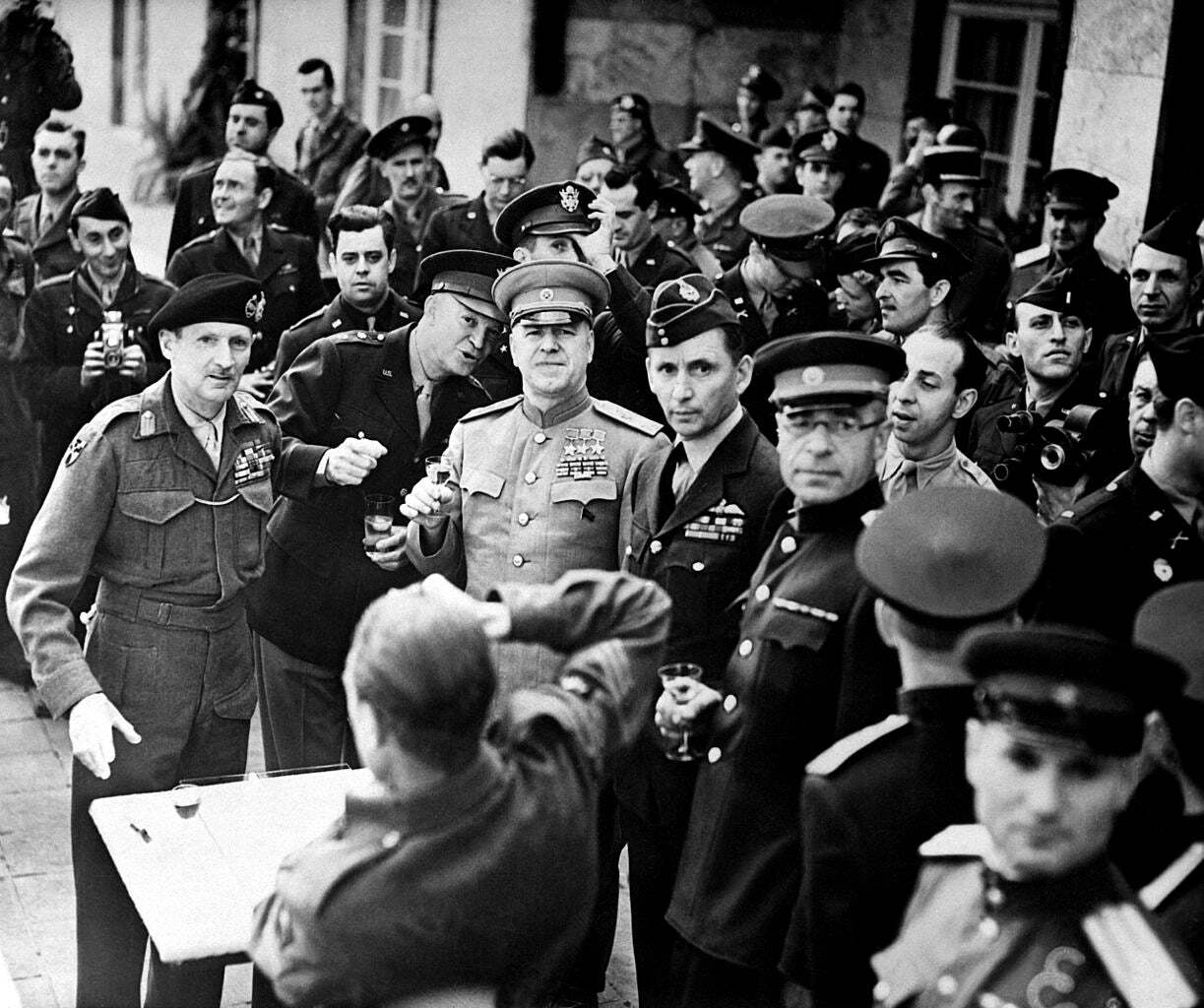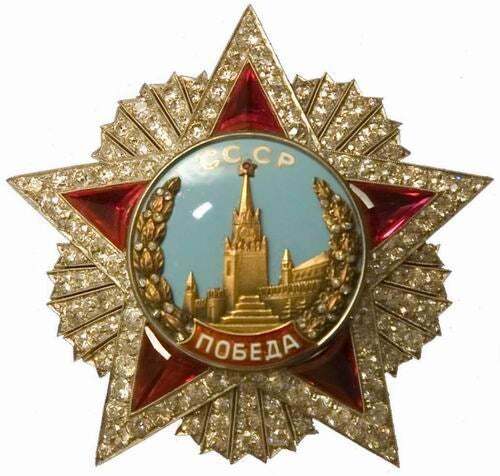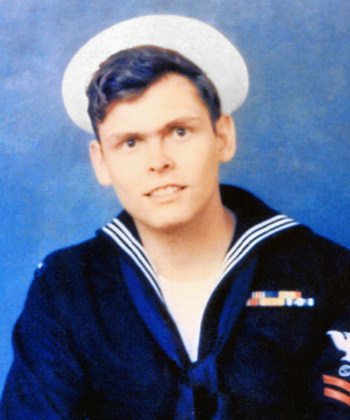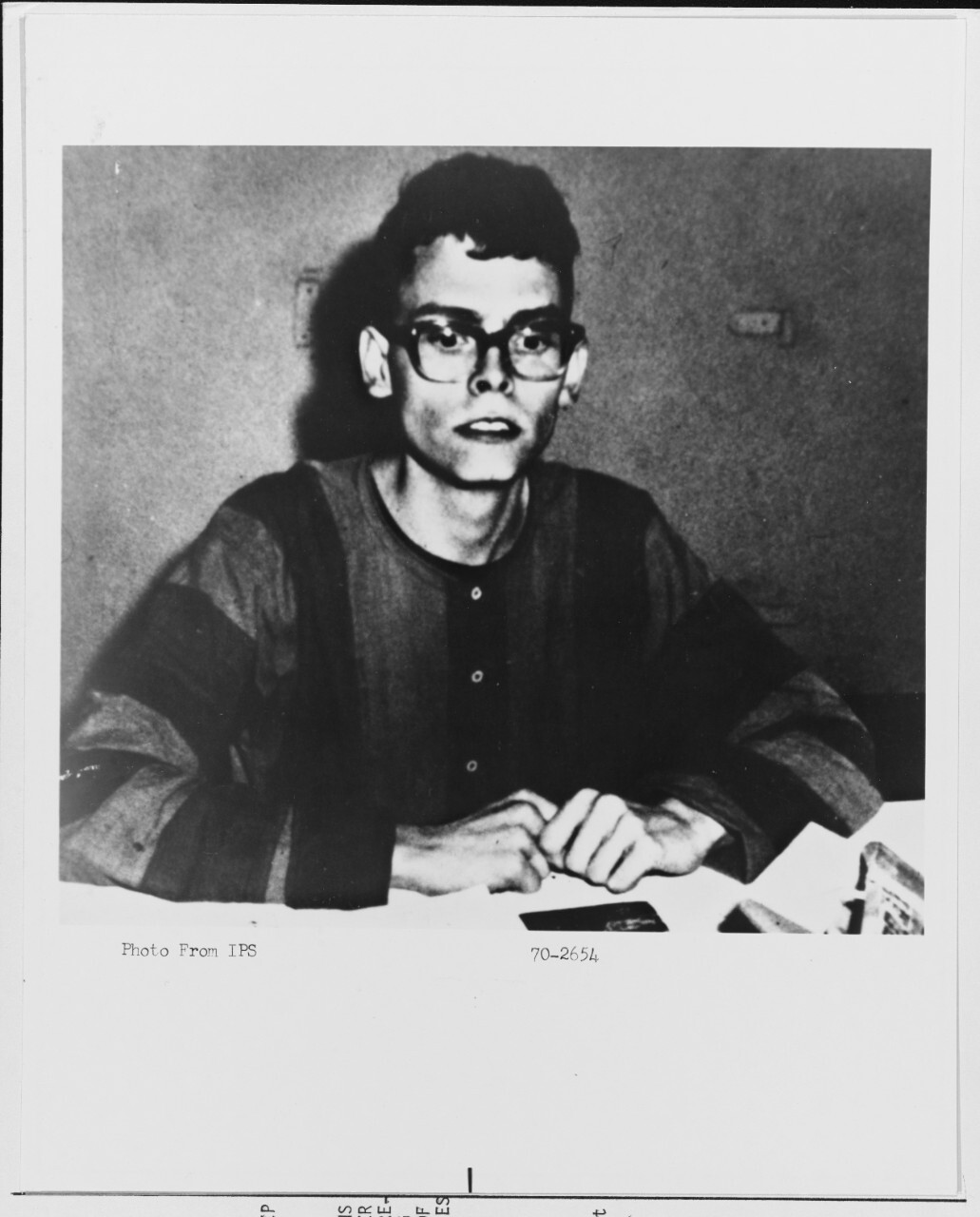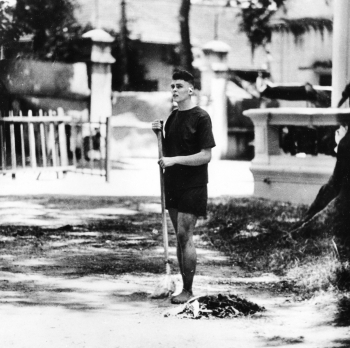Little stories
- snowman
-

- Offline
- Your most dear friend.
Less
More
4 years 4 days ago #79
by snowman
"Straight and narrow is the path."
Replied by snowman on topic Little stories
"Straight and narrow is the path."
Please Log in or Create an account to join the conversation.
- Maki
-

- Offline
Less
More
- Posts: 1270
- Thank you received: 1797
3 years 11 months ago #80
by Maki
Replied by Maki on topic Little stories
This Soviet-era Russian war medal is worth $10 million
Marshal Zhukov decorates Field Marshal Montgomery with the Russian Order of Victory. Allied chiefs who attended the cermony at Gen. Eisenhower's Headquarters at Frankfurt are about to drink a toast. Center from left to right: Field Marshal Montgomery, Gen. Dwight Eisenhower, Marshal Zhukov, Air Chief Marshal Sir Arthur Tedder.
There are a ton of notable facts about the Soviet Union’s top war medal awarded during the Great Patriotic War – what Russia calls its part of World War II.
The Order of Victory has only been awarded 20 times over the lifespan of the Soviet Union, with one revocation. It doesn’t belong to any ranking for service, so the title “Hero of the Soviet Union” still remains the top award for valor in combat. This makes the order one of the world’s rarest medals, which was a good thing for the Soviet treasury, as each cost upward of $10 million to make.
The award is made up of 47 grams of platinum, two grams of gold, 19 grams of silver, 25 carats of rubies and 16 carats of diamonds. The 20 receiving individuals have been Soviet-era generals and marshals, Soviet leaders and five foreign dignitaries. The award was intended to recognize critical contributions to the Soviet war effort by generals who essentially saved the country from total collapse and Nazi occupation.
The Order of Victory
A 72 millimeter platinum star forms the base of the medal, then it is studded with 174 diamonds. The arms of the star are formed from rubies and in the center of the star is a 31 millimeter silver medallion with the Kremlin wall, Spasskaya Tower, and Lenin’s Mausoleum, bordered by laurel leaves, all made from gold. Each award was handmade in a Soviet jeweler’s shop.
Among the most famous World War II leaders who received the medal were Soviet Field Marshal Georgy Zhukov (who received it twice), British Field Marshal Bernard Montgomery, American Gen. Dwight D. Eisenhower, and Joseph Stalin himself (who both approved it and gave it to himself twice).
Other foreign leaders include Josip Broz Tito, who led Yugoslavian partisans during World War II and led the country after the war, Michal Rola-Zymierski of Poland and the last surviving holder of the award, King Michael I of Romania who died in 2017.
Soviet leader Leonid Brezhnev also received the Order of Victory, but it was awarded to himself by himself. His contributions to the Soviet success in the war were far less than the other recipients. Despite holding a general’s rank during the war, he never commanded forces essential to the Red Army’s success.
A plate in the Moscow Kremlin listing all the recipients of the Order of Victory. To the left, the double recipients (Vasilievsky, Zhukov, Stalin); to the right, the single recipients (Antonov, Govorov, Konev, Malinovsky, Merechkov, Rokossovsky, Timoshenko, Tolbukhin); below the foreign recipients (Eisenhower, Montgomery, Rolya-Zhimersky, Tito, King Michael of Romania)
Brezhnev’s self-award was controversial and created outright hostility toward the leader personally. After his death and before the fall of the Soviet Union, it was revoked.
Upon the death of someone who holds the Order of Victory, the medal itself is supposed to be returned to the Soviet Union. Most awardees died before the end of the Soviet Union and were expected to send theirs back. Every order awarded to a Red Army commander is now in Russia, the one awarded to King Michael I is still in Romania, Dwight D. Eisenhower’s Order is on display at the Dwight D. Eisenhower Presidential Library and Museum in Abilene, Kansas, and Field Marshal Montgomery’s Order of Victory is on display at the Imperial War Museum in London.
For most Soviet citizens (and foreigners) the Hero of the Soviet Union was the highest award possible for heroic feats of service to the USSR. Today, that award has been replaced by the Hero of the Russian Federation, which looks essentially the same, except the all-red ribbon has been replaced with the white, blue and red flag of the Russian Federation.
Foreigners and citizens alike can still receive the medal by decree of the president of the Russian Federation. No award to replace the Order of Victory has ever been put forth in the post-Soviet era, but Russia has not seen an existential threat like the one posed by Nazi Germany in World War II.
Marshal Zhukov decorates Field Marshal Montgomery with the Russian Order of Victory. Allied chiefs who attended the cermony at Gen. Eisenhower's Headquarters at Frankfurt are about to drink a toast. Center from left to right: Field Marshal Montgomery, Gen. Dwight Eisenhower, Marshal Zhukov, Air Chief Marshal Sir Arthur Tedder.
There are a ton of notable facts about the Soviet Union’s top war medal awarded during the Great Patriotic War – what Russia calls its part of World War II.
The Order of Victory has only been awarded 20 times over the lifespan of the Soviet Union, with one revocation. It doesn’t belong to any ranking for service, so the title “Hero of the Soviet Union” still remains the top award for valor in combat. This makes the order one of the world’s rarest medals, which was a good thing for the Soviet treasury, as each cost upward of $10 million to make.
The award is made up of 47 grams of platinum, two grams of gold, 19 grams of silver, 25 carats of rubies and 16 carats of diamonds. The 20 receiving individuals have been Soviet-era generals and marshals, Soviet leaders and five foreign dignitaries. The award was intended to recognize critical contributions to the Soviet war effort by generals who essentially saved the country from total collapse and Nazi occupation.
The Order of Victory
A 72 millimeter platinum star forms the base of the medal, then it is studded with 174 diamonds. The arms of the star are formed from rubies and in the center of the star is a 31 millimeter silver medallion with the Kremlin wall, Spasskaya Tower, and Lenin’s Mausoleum, bordered by laurel leaves, all made from gold. Each award was handmade in a Soviet jeweler’s shop.
Among the most famous World War II leaders who received the medal were Soviet Field Marshal Georgy Zhukov (who received it twice), British Field Marshal Bernard Montgomery, American Gen. Dwight D. Eisenhower, and Joseph Stalin himself (who both approved it and gave it to himself twice).
Other foreign leaders include Josip Broz Tito, who led Yugoslavian partisans during World War II and led the country after the war, Michal Rola-Zymierski of Poland and the last surviving holder of the award, King Michael I of Romania who died in 2017.
Soviet leader Leonid Brezhnev also received the Order of Victory, but it was awarded to himself by himself. His contributions to the Soviet success in the war were far less than the other recipients. Despite holding a general’s rank during the war, he never commanded forces essential to the Red Army’s success.
A plate in the Moscow Kremlin listing all the recipients of the Order of Victory. To the left, the double recipients (Vasilievsky, Zhukov, Stalin); to the right, the single recipients (Antonov, Govorov, Konev, Malinovsky, Merechkov, Rokossovsky, Timoshenko, Tolbukhin); below the foreign recipients (Eisenhower, Montgomery, Rolya-Zhimersky, Tito, King Michael of Romania)
Brezhnev’s self-award was controversial and created outright hostility toward the leader personally. After his death and before the fall of the Soviet Union, it was revoked.
Upon the death of someone who holds the Order of Victory, the medal itself is supposed to be returned to the Soviet Union. Most awardees died before the end of the Soviet Union and were expected to send theirs back. Every order awarded to a Red Army commander is now in Russia, the one awarded to King Michael I is still in Romania, Dwight D. Eisenhower’s Order is on display at the Dwight D. Eisenhower Presidential Library and Museum in Abilene, Kansas, and Field Marshal Montgomery’s Order of Victory is on display at the Imperial War Museum in London.
For most Soviet citizens (and foreigners) the Hero of the Soviet Union was the highest award possible for heroic feats of service to the USSR. Today, that award has been replaced by the Hero of the Russian Federation, which looks essentially the same, except the all-red ribbon has been replaced with the white, blue and red flag of the Russian Federation.
Foreigners and citizens alike can still receive the medal by decree of the president of the Russian Federation. No award to replace the Order of Victory has ever been put forth in the post-Soviet era, but Russia has not seen an existential threat like the one posed by Nazi Germany in World War II.
The following user(s) said Thank You: snowman
Please Log in or Create an account to join the conversation.
- snowman
-

- Offline
- Your most dear friend.
3 years 11 months ago - 3 years 11 months ago #81
by snowman
Because King Michael shortened WW2 by 3 months or so... not my opinion
One of my neighbors fought in WW2 and was taken to Russia for labor(probably I told this story before). He said they barely found anything to eat. I really don't know how he survived. His wife died before him. Last time I spoke to him he was around 98 years old. When he was close to 100 his children took him away to take care of him better because it wasn't easy for him to live alone at that age. Now we have really nice new neighbors. The house was sold for 7.000 Euros and has exit to the forest... I don't
"Straight and narrow is the path."
Replied by snowman on topic Little stories
the last surviving holder of the award, King Michael I of Romania who died in 2017.
Because King Michael shortened WW2 by 3 months or so... not my opinion
One of my neighbors fought in WW2 and was taken to Russia for labor(probably I told this story before). He said they barely found anything to eat. I really don't know how he survived. His wife died before him. Last time I spoke to him he was around 98 years old. When he was close to 100 his children took him away to take care of him better because it wasn't easy for him to live alone at that age. Now we have really nice new neighbors. The house was sold for 7.000 Euros and has exit to the forest... I don't
"Straight and narrow is the path."
Last edit: 3 years 11 months ago by snowman.
The following user(s) said Thank You: Maki
Please Log in or Create an account to join the conversation.
- Maki
-

- Offline
Less
More
- Posts: 1270
- Thank you received: 1797
3 years 11 months ago #82
by Maki
Replied by Maki on topic Little stories
The following user(s) said Thank You: snowman
Please Log in or Create an account to join the conversation.
- Maki
-

- Offline
Less
More
- Posts: 1270
- Thank you received: 1797
3 years 11 months ago #83
by Maki
Replied by Maki on topic Little stories
How a sailor remembered 250 prisoners of war through song
Douglas Hegdahl walked freely around the infamous “Hanoi Hilton” prison camp, one of many American prisoners of war held there in 1967. He was sweeping the courtyards during the prison guards’ afternoon “siesta.” The American sailor that fell into their laps was known to the guards as “ The Incredibly Stupid One .” They believed he could neither read nor write and could barely even see. But the “stupid” Seaman Apprentice Hegdahl was slowly collecting intelligence, gathering prisoner data, and even sabotaging the enemy.
He even knew the prison’s location inside Hanoi.
Hegdahl was a South Dakota native who was blown off the deck of the USS Canberra as the ship’s five-inch guns fired on nearby targets of opportunity. Once overboard, he floated in the South China Sea for 12 hours before being picked up by fishermen, who turned him over to the North Vietnamese.
A photo of the sailor in captivity.Certain he could be tortured for information, the Communists tried to get Hegdahl to write anti-American and anti-war propaganda. They showed him similar documents that other captives – higher ranking captives – wrote for the North Vietnam. Hegdahl thought about it for a moment, then agreed. The Communists were amazed. No other captured American did this voluntarily. They went off to get ink and paper.The young sailor was thinking quickly. He figured the officers who wrote the propaganda material were probably coerced into doing it. He decided the best thing he could do was play dumb. He was very, very successful. The North Vietnamese thought Doug Hegdahl was a developmentally challenged “poor peasant” and set out to teach him to read and write. After failing at that, they decided to write a confession for him to sign, which he did:“Seaman Apprentice Douglas Brent Hegdahl III United States Navy Reserve, Commanding Officer, USS Canberra.”
The sailor was first put into a cell with Air Force officer Joe Crecca, who taught Hegdahl 256 names of other POWs and then taught him how to memorize the information to the tune of “Old McDonald.” After that, Hegdahl was imprisoned with Dick Stratton, who was the ranking officer for a time.
Because they thought Hegdahl so developmentally challenged, the Hỏa Lò Prison guards essentially gave him free reign to do a lot of the cleaning and sweeping around the prison yard. He was even allowed to go and clean up around the front gates of the prison itself. That’s how he was able to later tell U.S. intelligence where the prison could be found within the North Vietnamese capital.
Hegdahl on sweeping duty at “The Plantation,” Hanoi.
But the sailor didn’t stop there. As the sailor swept the prison grounds, when the single guard assigned to him took his afternoon siesta, Hegdahl would add a little bit of dirt to the gas tank of the nearest truck. Over the course of his captivity, he managed to disable five NVA prison trucks this way.Eventually, it came time for the NVA to offer early releases to some of the prisoners of the Hanoi Hilton. Even though there was a strict order among the POWs to not accept any early releases, Hegdahl was ordered to accept an early release — the only Hoa Lo prisoner ever ordered to do so — by his senior officer, Lt. Cmndr. Dick Stratton. He was not only the most junior prisoner in the camp, he also had all the information the U.S. government needed to expedite the release of the POWs — all of them. He didn’t want to, but someone needed to tell the U.S. about the torture they were receiving there.When he was released, not only did Hegdahl recite the names of the 256 men who were shot down or captured in North Vietnam, he could say their dog’s name, kids’ names, and/or social security numbers. These were the means by which other POWs verified the information given. He picked up all of this information through tap code, deaf spelling code, and secret notes.Released in 1969, Hegdahl was able to accuse the North Vietnamese of torture and murder of prisoners of war at the Paris Peace Talks in 1970. Flown there by H. Ross Perot, he accused the North Vietnam delegation of murdering Dick Stratton, assuring Lt. Cmndr. Stratton would have to be repatriated alive at the war’s end.But the prisoners back in Hanoi didn’t have to wait long for treatment to change. Once Hegdahl described the treatment of POWs in public and to the media, the ones he left behind saw their treatment improve, receiving better rations and less brutality in their daily life.
Douglas Hegdahl walked freely around the infamous “Hanoi Hilton” prison camp, one of many American prisoners of war held there in 1967. He was sweeping the courtyards during the prison guards’ afternoon “siesta.” The American sailor that fell into their laps was known to the guards as “ The Incredibly Stupid One .” They believed he could neither read nor write and could barely even see. But the “stupid” Seaman Apprentice Hegdahl was slowly collecting intelligence, gathering prisoner data, and even sabotaging the enemy.
He even knew the prison’s location inside Hanoi.
Hegdahl was a South Dakota native who was blown off the deck of the USS Canberra as the ship’s five-inch guns fired on nearby targets of opportunity. Once overboard, he floated in the South China Sea for 12 hours before being picked up by fishermen, who turned him over to the North Vietnamese.
A photo of the sailor in captivity.Certain he could be tortured for information, the Communists tried to get Hegdahl to write anti-American and anti-war propaganda. They showed him similar documents that other captives – higher ranking captives – wrote for the North Vietnam. Hegdahl thought about it for a moment, then agreed. The Communists were amazed. No other captured American did this voluntarily. They went off to get ink and paper.The young sailor was thinking quickly. He figured the officers who wrote the propaganda material were probably coerced into doing it. He decided the best thing he could do was play dumb. He was very, very successful. The North Vietnamese thought Doug Hegdahl was a developmentally challenged “poor peasant” and set out to teach him to read and write. After failing at that, they decided to write a confession for him to sign, which he did:“Seaman Apprentice Douglas Brent Hegdahl III United States Navy Reserve, Commanding Officer, USS Canberra.”
The sailor was first put into a cell with Air Force officer Joe Crecca, who taught Hegdahl 256 names of other POWs and then taught him how to memorize the information to the tune of “Old McDonald.” After that, Hegdahl was imprisoned with Dick Stratton, who was the ranking officer for a time.
Because they thought Hegdahl so developmentally challenged, the Hỏa Lò Prison guards essentially gave him free reign to do a lot of the cleaning and sweeping around the prison yard. He was even allowed to go and clean up around the front gates of the prison itself. That’s how he was able to later tell U.S. intelligence where the prison could be found within the North Vietnamese capital.
Hegdahl on sweeping duty at “The Plantation,” Hanoi.
But the sailor didn’t stop there. As the sailor swept the prison grounds, when the single guard assigned to him took his afternoon siesta, Hegdahl would add a little bit of dirt to the gas tank of the nearest truck. Over the course of his captivity, he managed to disable five NVA prison trucks this way.Eventually, it came time for the NVA to offer early releases to some of the prisoners of the Hanoi Hilton. Even though there was a strict order among the POWs to not accept any early releases, Hegdahl was ordered to accept an early release — the only Hoa Lo prisoner ever ordered to do so — by his senior officer, Lt. Cmndr. Dick Stratton. He was not only the most junior prisoner in the camp, he also had all the information the U.S. government needed to expedite the release of the POWs — all of them. He didn’t want to, but someone needed to tell the U.S. about the torture they were receiving there.When he was released, not only did Hegdahl recite the names of the 256 men who were shot down or captured in North Vietnam, he could say their dog’s name, kids’ names, and/or social security numbers. These were the means by which other POWs verified the information given. He picked up all of this information through tap code, deaf spelling code, and secret notes.Released in 1969, Hegdahl was able to accuse the North Vietnamese of torture and murder of prisoners of war at the Paris Peace Talks in 1970. Flown there by H. Ross Perot, he accused the North Vietnam delegation of murdering Dick Stratton, assuring Lt. Cmndr. Stratton would have to be repatriated alive at the war’s end.But the prisoners back in Hanoi didn’t have to wait long for treatment to change. Once Hegdahl described the treatment of POWs in public and to the media, the ones he left behind saw their treatment improve, receiving better rations and less brutality in their daily life.
The following user(s) said Thank You: snowman
Please Log in or Create an account to join the conversation.
- snowman
-

- Offline
- Your most dear friend.
3 years 11 months ago #84
by snowman
"Straight and narrow is the path."
Replied by snowman on topic Little stories
Those who imagine Adolf and uncle Joe celebrated Christmas ... 
"Straight and narrow is the path."
Please Log in or Create an account to join the conversation.
Birthdays
- Tecnom in 1 day
- Hellcat in 4 days
- Winters in 5 days
- Alexliberty in 6 days
- Mizha in 10 days


